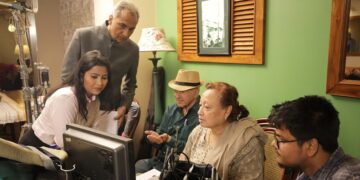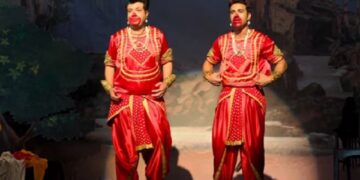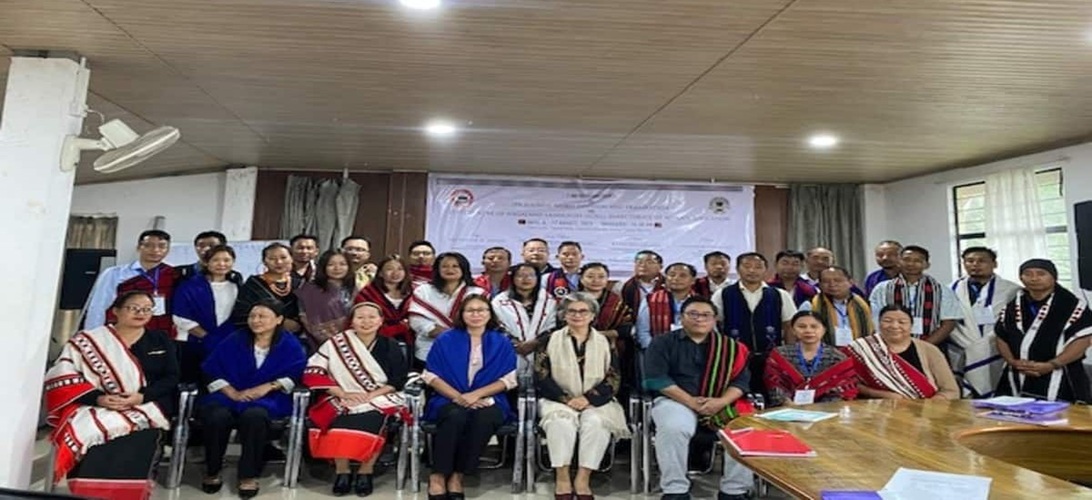Kohima: Nagaland University, in collaboration with the state’s Directorate of School Education, has initiated an ambitious project to create written grammar frameworks for all 18 officially recognised Naga languages.
These grammars will be incorporated into school textbooks from Class 5 to Class 12, aligning with the National Education Policy (NEP) 2020.
For decades, Naga languages have been taught in schools, yet none had formal written grammar to support structured learning.
This project aims to fill that gap by documenting essential linguistic features such as parts of speech, tense and aspect, sentence structures, tone patterns, and orthography.
The effort will not only strengthen NEP’s emphasis on multilingual education but also safeguard Naga languages from marginalisation, ensuring cultural pride and linguistic identity.
Under the supervision of the State Council of Educational Research and Training (SCERT) and the Nagaland Board of School Education (NBSE), the new grammar modules will appear alongside prose, poetry, and translation exercises in textbooks.
Teacher training sessions and refresher courses, spearheaded by Nagaland University, are planned to ensure smooth classroom integration.
The initiative is led by Dr. Mimi Kevichusa Ezung, Associate Professor and Head of the Department of Tenyidie—a standardised form of the Angami language.
Highlighting its significance, Ezung said, “A written grammar provides a formal representation of a language’s structure. At a time when our languages are undergoing standardisation, this effort ensures consistency in writing and speech while instilling pride in one’s mother tongue.”
University Vice-Chancellor Prof. Jagadish K. Patnaik called the project a cultural mission rather than just an academic exercise.
“It is a step toward preserving our linguistic heritage and fulfilling NEP 2020’s vision of mother-tongue education,” he said, crediting the collective effort of scholars, language experts, and community elders.
The project brings together key stakeholders, including Language Literature Boards, the State Centre of Naga Languages (SCNL), SCERT, and NBSE.
While Literature Boards will standardise language varieties and coin new terms, SCNL will focus on translation and textbook development for lower classes.
ALSO READ: UPPL, BPF release full candidate lists for Bodoland Territorial Council elections
Technical workshops at Nagaland University are training language officers to document grammar structures effectively.
Currently, only a few languages—such as Tenyidie, Ao, Lotha, and Sümi—are taught beyond Class 8, with Tenyidie available up to M.A. and Ph.D. levels.
The grammar development programme aims to expand academic opportunities for all 18 recognised languages, including Ao, Chang, Chokri, Khiamniungan, Konyak, Kuki, Kuzhale (Khezha), Liangmai, Lotha, Nthenyi (Southern Rengma), Nzonkhwe (Northern Rengma), Phom, Pochury, Sangtam, Sümi, Tenyidie (Angami), Yimkhiung, and Zeme.
“This is not just about textbooks—it is about identity, culture, and indigenous knowledge,” Ezung stressed.















